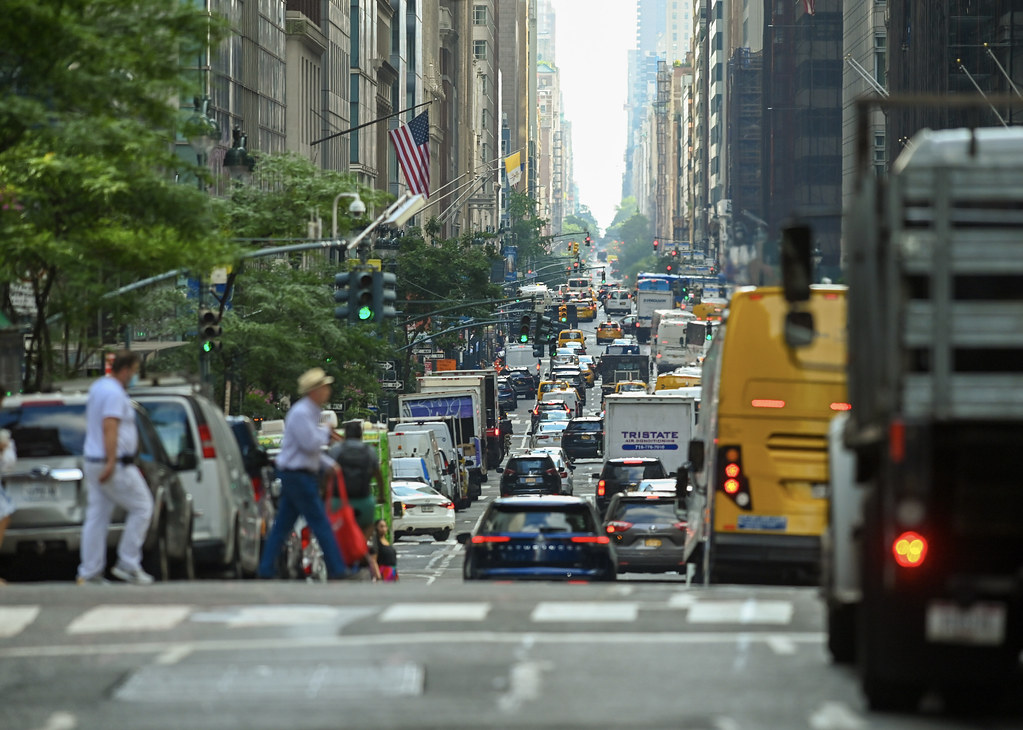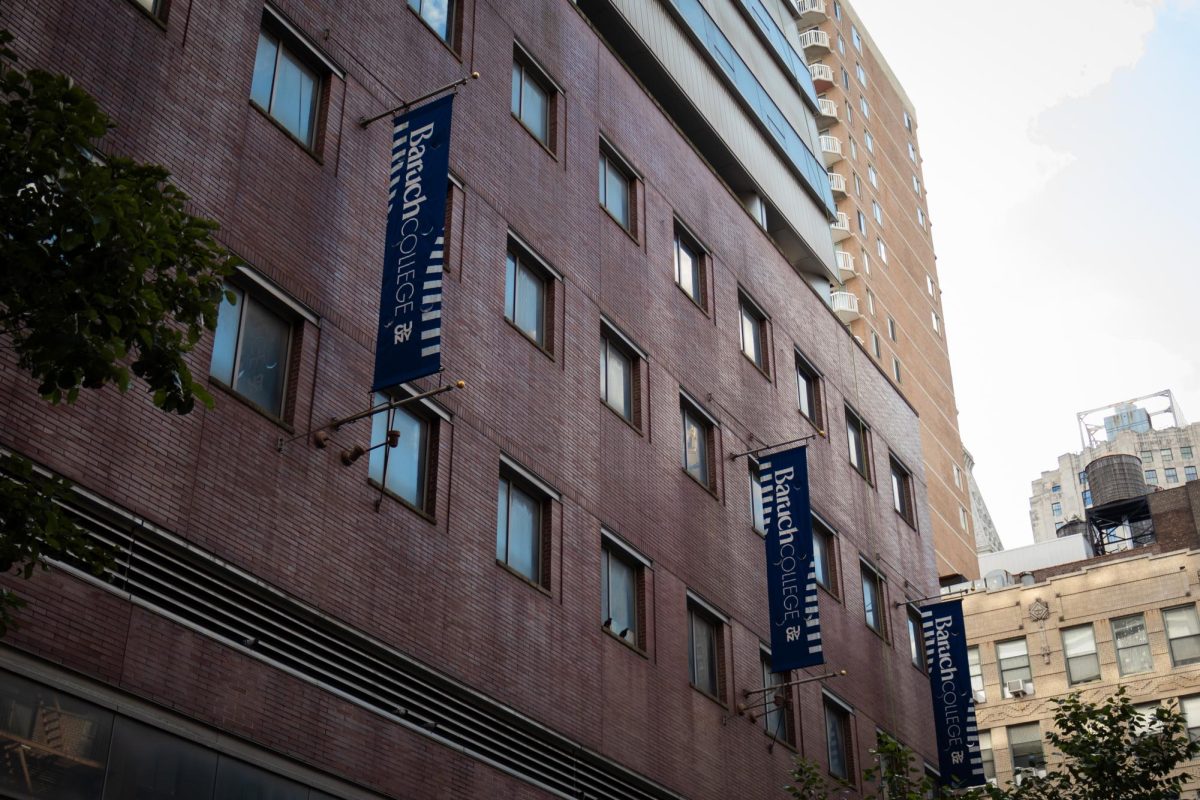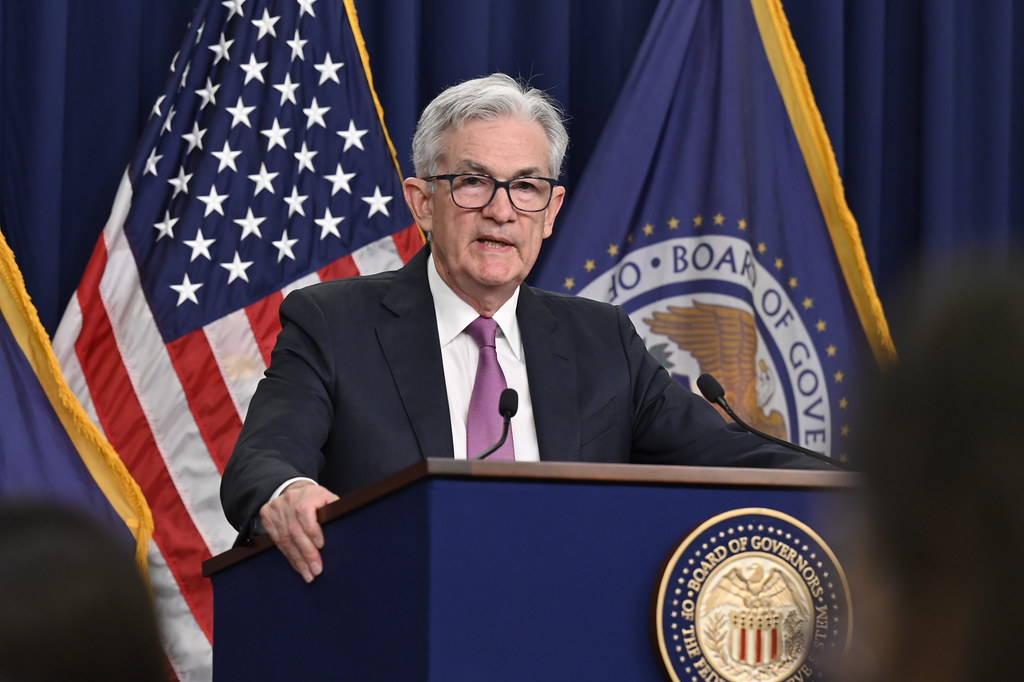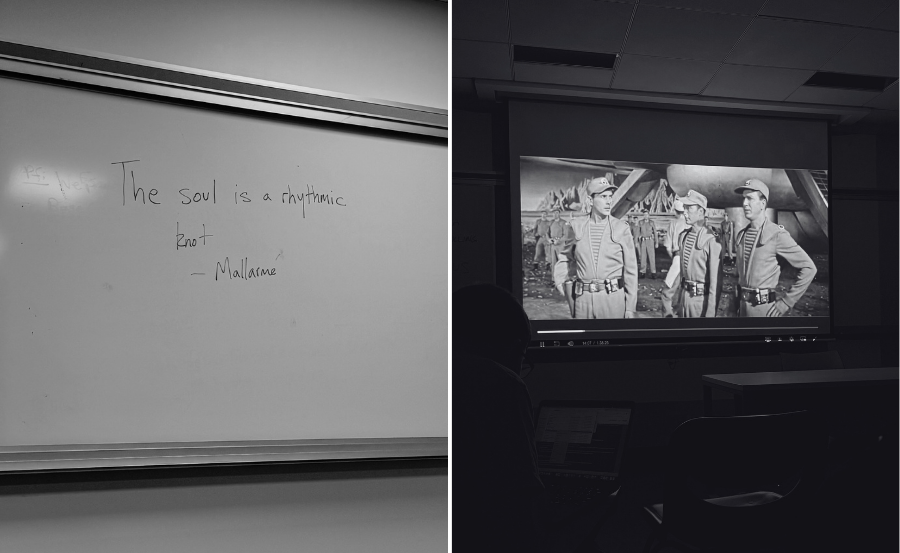U.S. Transportation Secretary Sean Duffy threatened to withhold funding for New York City highway projects if the Metropolitan Transportation Authority continues congestion pricing.
Withholding funding to current projects is not a solution to stopping congestion pricing. Pausing infrastructure work that could benefit the city is a greater disservice to NYC residents.
In a letter to Gov. Kathy Hochul, Duffy outlined the Trump administration’s demands and the consequences if they are not followed.
Duffy gave the New York State Department of Transportation 30 days to explain the legality of the tolls and outlined projects that would be paused if the pricing continued.
The non-compliance measures include no further advanced construction authorizations for projects within Manhattan and no further approvals of Statewide Transportation Improvement Program amendments.
If non-compliance continues, federal officials will target projects outside of Manhattan. However, the letter emphasized that safety projects will not be impacted.
Duffy claimed the pricing “on federal-supported roads is unprecedented in the history of the United States and completely inconsistent with any previous pilot project.”
Duffy also defended the decision to withhold funding, stating working class drivers must “choose between two unappealing options: pay a cost-prohibitive toll or use a mismanaged and dirty transit system.”
If the current NYC transit system is mismanaged and unsanitary, more attention should be focused on projects improving these aspects.
“Wouldn’t it be not just counterintuitive but counterproductive to halt money that’s coming in, or that’s being dedicated to roadways within the congestion relief zone to support those very roads that people are driving on, just to be a bully?” Lisa Daglian, executive director of the Permanent Citizens Advisory Committee to the MTA, said.
The letter also failed to acknowledge the effects that funding pauses would have on construction workers.
Congestion pricing started on Jan. 5. However, this is not a sufficient period to accurately draw long-term conclusions.
The MTA has reported on improvements since the pricing started and claimed it is working as intended.
“Congestion relief is working, cars and buses are moving faster, foot traffic is up and even noise complaints are down,” Janno Lieber, MTA CEO and Chair, said.
Hochul reported that traffic into the central business district has decreased by 11%, with traffic being 30% faster on bridges and tunnels in March.
NYC should prioritize infrastructure projects that could further enhance quality-of-life for residents rather than halt them.








